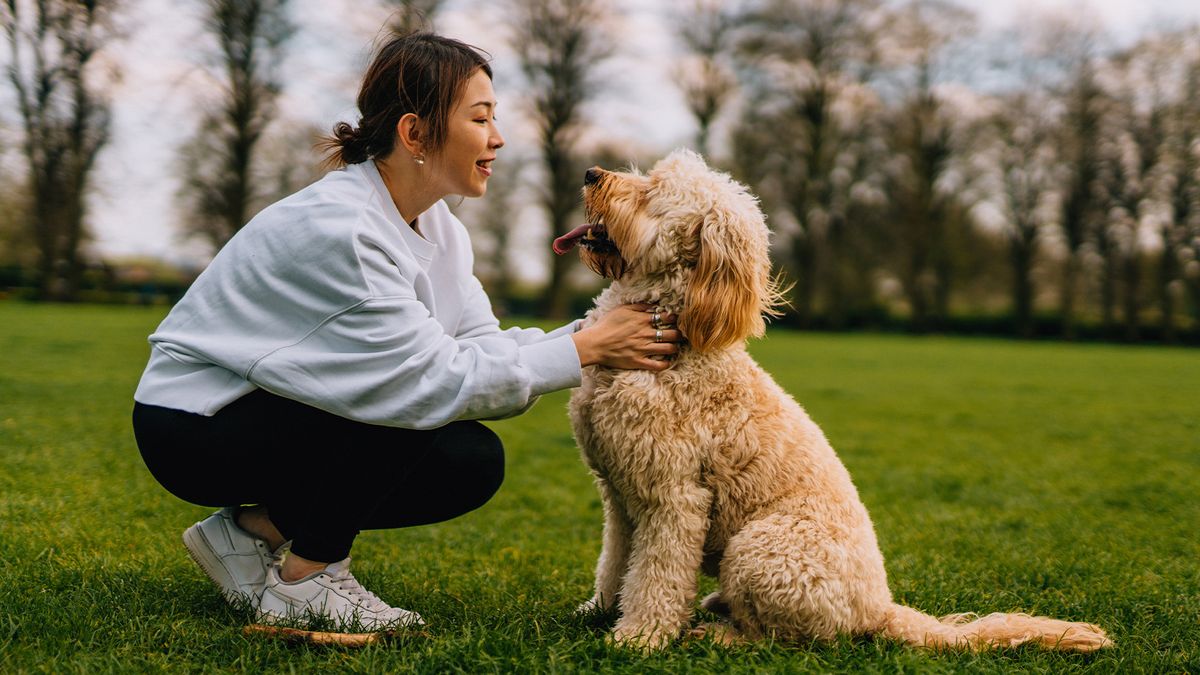Make no mistake, things can be challenging when you have a reactive dog, and it’s understandable that you might find things difficult at times.
For long-term success, it’s important that we work together with our reactive dogs – doing so will help us rehabilitate them, making our lives and their lives easier at the same time. And doing so is not as tricky as you might think!
Award-winning trainer Lisa Burton of Listen Dog Training has explained how we can work with our reactive dogs in a new Instagram post, and it’s really made us think!
First, Burton says we need to understand the problem. It might be that your pup has formed a negative association with a trigger, or multiple triggers, or that your dog is trigger stacking – this is when they’re frequently exposed to stressful situations, leaving them in a state of high arousal. Consider, too, whether you have any strategies in place to prevent the rehearsal of reactive responses.
So, what can we do to modify associations to reduce reactivity in dogs? Burton suggests using a clicker or marker word in your reconditioning training, pairing rewards with multiple triggers at home, and taking high-value treats on walks all the time. She recommends DMT (distraction, mark, treat) training, too – mark and treat when triggers are present but your dog can remain under threshold. “Start using the DMT exercise with very low-level triggers to begin with, to set your dog up for success,” she adds.
When it comes to managing arousal, ensure first that your pup’s basic needs are all met, making sure they’re happy, healthy, and have everything they need. Then, practice transitioning from high to low arousal at home, perhaps playing a high-energy game and then moving into calmer training.
Practice behavioral cues to help your dog think better in arousal, and scatter-feed periodically throughout the day. Burton also advises practicing scentwork in the yard for five minutes before a walk, and desensitizing any triggers your dog associates with going on a walk – like putting your shoes on – by repeating them throughout the day. If you’re interested in trying this, our article on desensitization for dogs might help.
In terms of limiting rehearsal, Burton suggests teaching a distraction noise or eye contract cue, managing your pup’s access to windows, rewarding spontaneous check-ins on walks, and teaching a nose cue to help with trigger avoidance.
“Outside of stressful situations, train a ‘A to B’ transition cue with your dog on lead,” suggests Burton. “You can move them away from triggers when you spot them first.”
And don’t forget, as she says in the caption, “Reactivity isn’t bad behavior – it’s a response to fear, frustration, or over-arousal.”
If you’d like more advice, you might find this article from a dog parent in the same position useful, too: My dog’s leash pulling made walks miserable until I helped her reactivity, here’s how.




